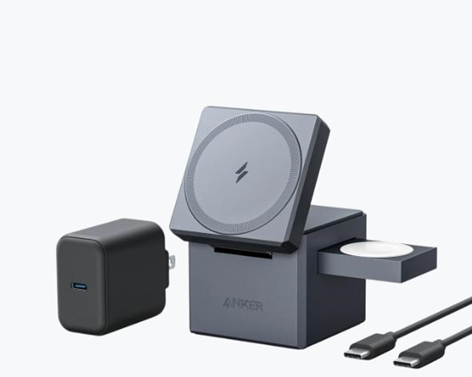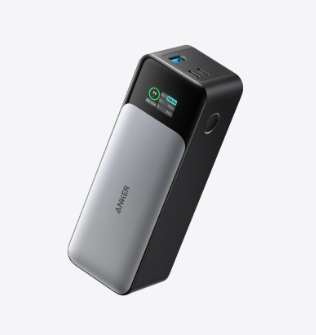Control test
Interpretation
Control trial is one of the methods of verifying whether the measurement method has systematic error. For example, when a new analytical method is studied, the accuracy of the standard sample test method can be used. If several standard samples can be satisfactory with the methods being analyzed, this method is sufficient. Or use the standard method or a recognized "classic" analysis method to analyze the same sample, and the results obtained by the analytical results are compared with the results of the method, if consistent, the new method is reliable. In chemical analysis, the control test is also used to check if the operation is LE confessed and whether the instrument is normal. While analyzing the sample, the same method is used as a standard analysis. If the results of the analysis standard meet the "tolerance" requirements, the operation and instrument have no problem, the results of the sample are reliable. In addition, in order to check if there is a system error and other problems between the analysts, a part of the sample can be repeatedly arranged between different analysts to perform control tests, which is called "internal examination." Some samples are sent to other units for control
analysis, called "external inspection".
Features
Controlled experiments refer to other conditions, only one condition different experiment.
It is often a lot of factors that have an effect on experimental results, and the control experiments have been used to prove the exact effect of certain factors on experimental results.

Typically, an experiment is divided into experimental groups and control groups. The experimental group is an object group for accepting experimental variables; control group, also known as the control group, for experimental assumptions, is a target group that does not accept experimental variable processing, as for which as an experimental group, which as a control group, generally random In this way, in theory, since the influence of the unrelated variable of the experimental group and the control group is equal, the difference in the experimental group and the control group can be identified as being from experimental variables. Effect, such experiment results are trusted.
method and application
In a qualitative analysis, the normal identification reaction experiment is to add some known reagent to some kind of unknown test solution, by observing the appearance of the characteristics Changes to determine if some ions are present in the test solution. The control test was used instead of the test solution known to contain the ion, and the same reagent was added under the same conditions, and the ions were identified by the same method. The purpose of the control test is to check if the reagent has expired. For example, when HG2 + is identified in a hydrochloric acid medium, white precipitate should be presented, and it is gradually gotting, and then black (see "II) ion identification"). If a precipitate does not appear in normal experiments, there is generally been considered that there is no hg2 + in the test solution. However, the reagent chloride is reduced and is extremely susceptible to oxygen in the air. In order to confirm whether the chlorinated tin reagent has expired, a control test should be made. That is, a solution containing Hg2 + is used instead of the test solution, and the same chloronethyl chloride is added under the same conditions. If a precipitate occurs at this time, it can be confirmed to be chlorinated as a tin failure, and in this case, it is certainly not possible to detect Hg2 + in the test solution. If a white precipitate occurs in the control test, it is gradually gotten and black, indicating that the chloride did not fail, and in this case, it is certain that there is no Hg2 + in the test solution. Control trials can also be extended to quantitative analysis. At this time, the purpose of the control test is mainly to check if the analytical method used is problematic. For example, a method can be used to determine the content of a component in a standard sample, and then the measured value is relative to the standard value. If the two have a significant difference, then the analysis method itself has problems and needs to be improved; if there is no significant difference, the analysis method is reliable.
Control type
Blank Control
means a control group that does not do any experimental processes. For example, in an experiment of the identification of soluble reducing sugars in biological tissue, the reagent is added to the methyl test tube solution, and the ethage solution does not add the reagent, and the boiling water bath is carried out together, and the variations thereof are compared. In this way, the armor is the experimental group, B as a control group, and B is a typical blank control. The blank control can understand and put the actual changes and results, enhance the persuasiveness of the experimental results, exclude the influence of independent variables on experimental results.
Self-control
refers to experiments with the control on the same object, that is, the control group is not set. Single group law and wheel formulation generally contains its own control. As "plant cytoplasmic wall separation and recovery" experiment, it is a typical self-control. It is easy to control, the method is simple, and the key is to see the difference in the changes in the experiment before and after the experiment. The subject status before the experiment is controlled, and the object changes after experimental treatment are experimental groups.
Conditions Control
refers to the object to be applied to some kind of experiment, but this processing is used as the control, or this treatment is not a given experiment. Variable significance. For example, "animal hormone feeding small animals" experiments, adopted experimental methods, its experimental design is:
Group: Feeding thyroid hormone (experimental group);
Group B: Feeding thyroid inhibitor (methionidazole) (Conditional control group);
proposae: no feeding agent (blank control group).
Obviously, the group B is a conditional control, which has both conditional comparishes, but also a blank control, through comparison, control, and more fully explained experimental variables - thyroid hormone promotes the growth and development of 蚓.
Mutual control
The intercepts refer to the comparative comparison of the comparative group, but several experimental groups are compared with each other, of which each group is both the experimental group and other levels of control group, This results in a corresponding experimental conclusion. It is generally used in the case where some experimental factors affect the experimental results are used, and the relationship between experimental variables and reaction variables is established by experiments. In the group experimental method, if there is no blank control, most of them use mutual controls. Mutual control is better balanced and offsetting the influence of independent variables, making the experimental results convincing. For example, in group experiments such as "plants", the five experimental groups used were all impact of mutual control, better balance and offset independent variables, making the experimental results more convincing. Another example "verifying the characteristics of the plant root to the illegitimate absorption", and the tomato and rice can be cultured in the same culture solution in the composition. After a period of time, the variation of various mineral elements in the culture fluid can be determined. It will find that tomato absorbs more Ca and absorbs less Si; and rice absorbs Si, absorbs less Ca. The above is the mutual control of two experimental groups. For another example, in the experiment of "the way to explore the breathing of yeast cells", there is a need to be provided with two conditions of oxygen and oxygen, and the result of yeast breathing under different oxygen conditions, the results of these two experimental groups are Unknown in advance, the effect of oxygen conditions on cell respiration can be seen by contrast.
Standard control
Biophysiology, some projects of biochemistry also have corresponding standards, comparing the experimental value of the observation and measurement to determine its normal and Nov match method.
Latest: Hydrological statistics
Next: Disthum Ray








